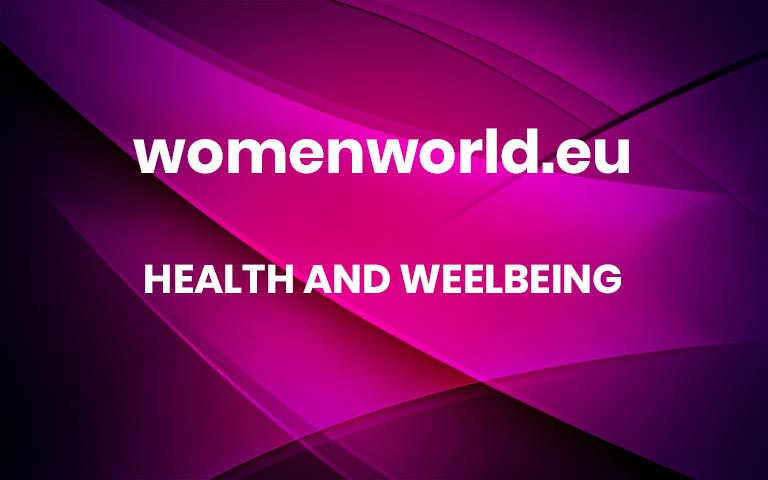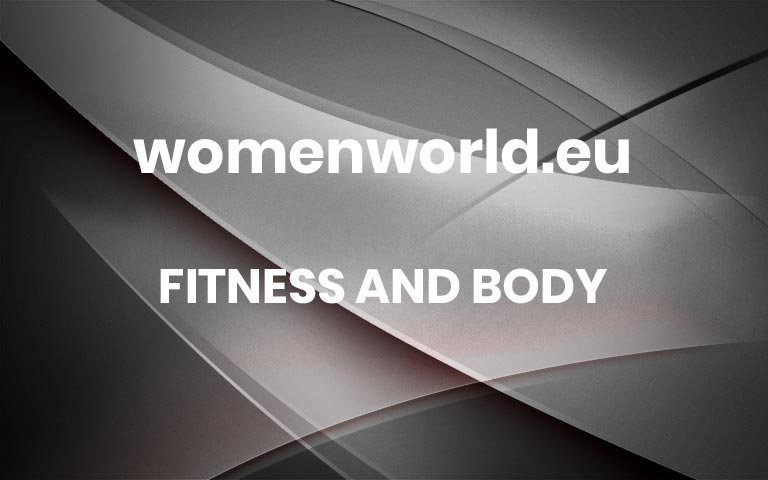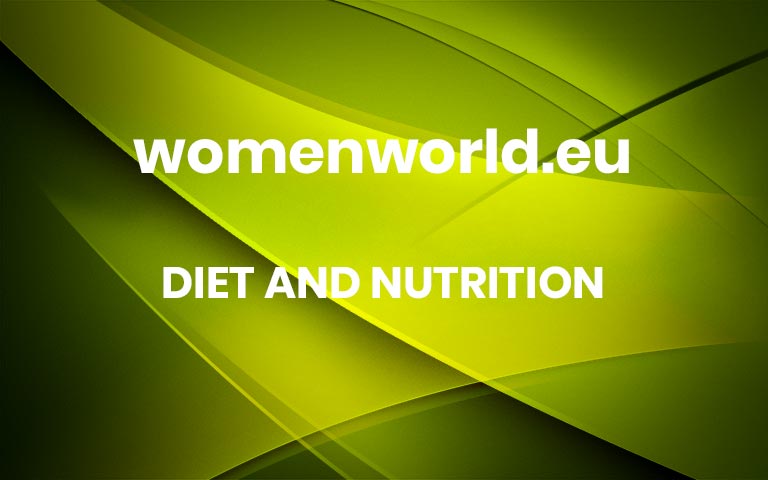How Nomzamo Mbatha Is Nurturing Good Wellness Habits
You’d have to be on a different level of stubborn to spend hours chatting up a storm with award-winning actress, Shaka iLembe executive producer and humanitarian Nomzamo Mbatha and not be inspired to change your eating habits. The 35-year-old, who happens to be on the cover of our July/August 2025 edition – is very clear about one thing: she believes in mindful eating so that she can have license to indulge when the moment calls for it. Four years ago, a life-changing diagnosis (more on this in the new issue) saw her overhaul her lifestyle choices. Below, she shares a few of the wellness practices that have her living her best life!
READ MORE: The Confidence Issue Just Dropped – And Nomzamo’s Got It On Lock
On Her Favourite Dish…
“Oooh chiiiild, don’t put pasta in front of me [chuckles]. I’m generally good at pasta dishes and usually make all my pasta sauces from scratch. Honestly, I can make any pasta dish – from the simplest to the most complicated Italian pasta dishes. My favourite is a vodka pasta dish, pink in colour, that I picked up on one of my travels – it has no vodka, though! I’m also good at rice dishes too – and make a mean fish.”
On Preferring Natural Remedies…
“For instance, I’m gluten intolerant, but really don’t mind taking a gamble with pasta. I usually chew on ginger afterwards to help with any discomfort. I do love natural ingredients and homoeopathic remedies, even though I take conventional supplements. My friends always joke that I’m a walking pharmacy [chuckles]. I’m currently on a hair supplement called Nutrafol, which is great for hair; then hyaluronic acid for skin; vitamin C, elderberry and zinc for my immune system because I’m exposed to so many different climates during my travels. I’m also on collagen and probiotics. In fact, every woman should be on probiotics!”
READ MORE: The Exact Supplements Women Need To Be Taking, According To Studies
On Her Relationship With Meat…
“I’m not a big meat person. I find it chewy and it makes me feel heavy. I’ve read that we have to listen to how our bodies react to certain foods – that if something makes you feel lethargic, then your body’s probably not digesting it.”
On The Lessons Learnt During Her 72-hour Water Fasts…
“I can be disciplined, if I choose to be. I sometimes rest on my laurels when it comes to my body and health because I know I’m blessed with good genes and muscle memory. However, my body is my investment. I have to take care of it. The nature of my career calls for me to always be in the best form possible and impact – so I have to be very mindful of how I treat myself, my body and my skin.”
On The Wildest Form Of Training She’s Tried To Date…
“I dabble in Lagree from time to time, a high-intensity workout that strengthens and reshapes muscles. The class I take is called ‘The Shake’ because literally everything shakes when you’re in there [chuckles]. You know how Pilates uses a slim reformer? Lagree is performed on a megaformer, where you do slow movements of three in and out. It’s the most intense thing. It makes you feel so out of shape. For the next two to three days straight, your muscles are still moving on their own.”
READ MORE: In-Flight Skincare Secrets A Dermatologist Refuses To Gatekeep
On Self-Care During Her Travels…
“I’ve become very clever in that whenever I have to travel for work, I always give myself two to three free days to acclimatise – find some cute coffee shops or a little restaurant to spend time alone, especially if it’s a city that I’ve never been to. I also battle with water retention during my travels so I always book a deep tissue massage for some lymphatic system drainage. If it doesn’t work, it is what it is!”
On The One Thing She Never Skimps On…
“I don’t mess around with my hydration, especially when I’m travelling because my skin suffers a lot. I believe in electrolytes, but any electrolyte brand that is too sweet can miss me (no shade!). I’m a big fan of the electrolyte brand Metagenics, especially the lemon flavour. Lemon has a way of encouraging you to drink water because it’s quite refreshing. I also activate my water with coarse salt for maximum hydration benefits. Other times, I add chlorophyll drops to my water and MCT drops to my coffee to get that brain food that helps me function – especially during my 72-hour water fasts.”
On Her Love For Salads…
“They’re so filling and good for my gut, too!. You know how people judge Kourtney Kardashian for loving salads? I’m like, ‘That’s because you don’t know good salads. Do you know how versatile salads can be?’ Babe, I’m out here spending $22 (R390) everyday on a salad at a Sweetgreen – a U.S. salad chain with 40 ingredients to choose from that aims to get people excited about eating their greens. Sweetgreen has really taken my love for salads to another level. I’m now the trusted salad queen among her family and friends. My dream is to actually open a salad bar because we don’t have a salad culture here at home.”
Read Nomzamo Mbatha’s full cover story in the July/August 2025 issue of Women’s Health (Confidence Issue) on shelves now – or get the digital copy. Happy reading! More




